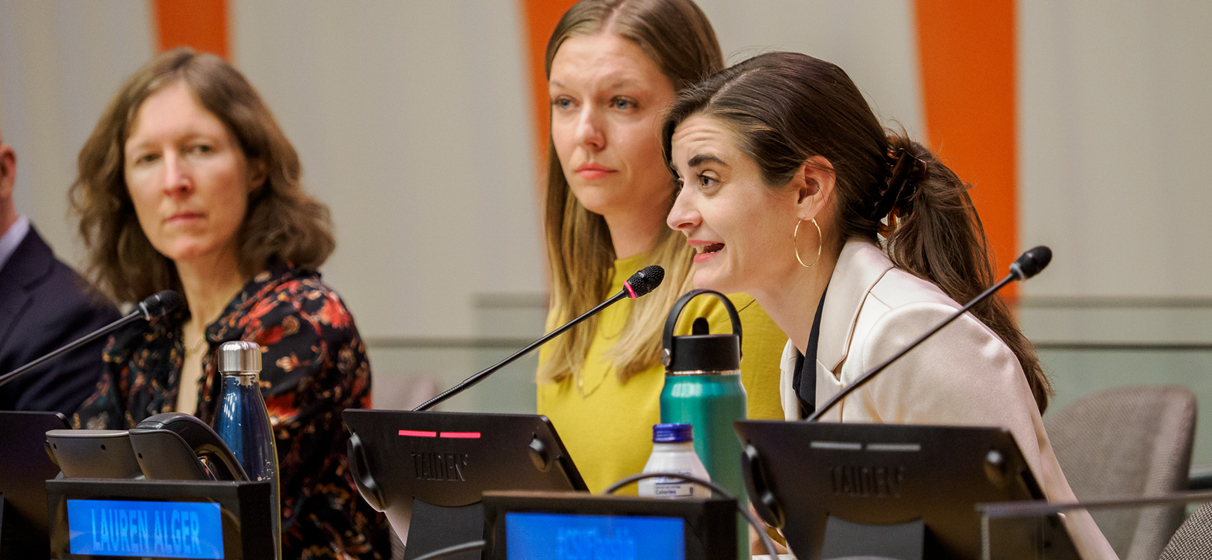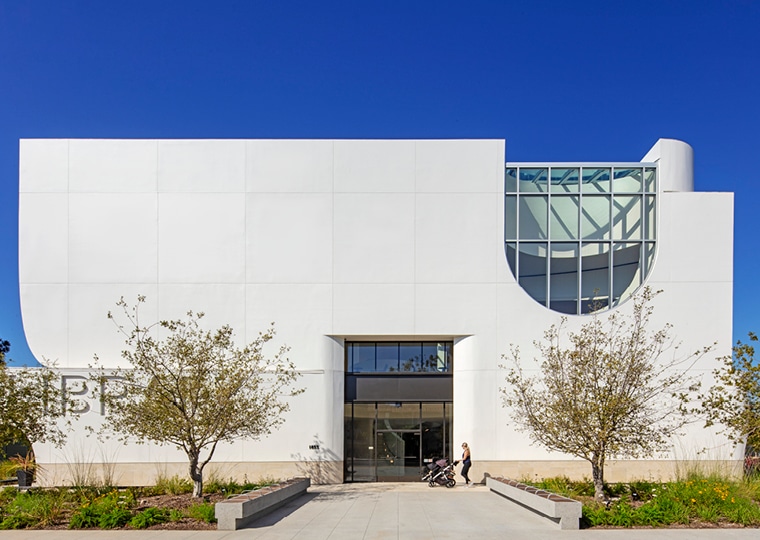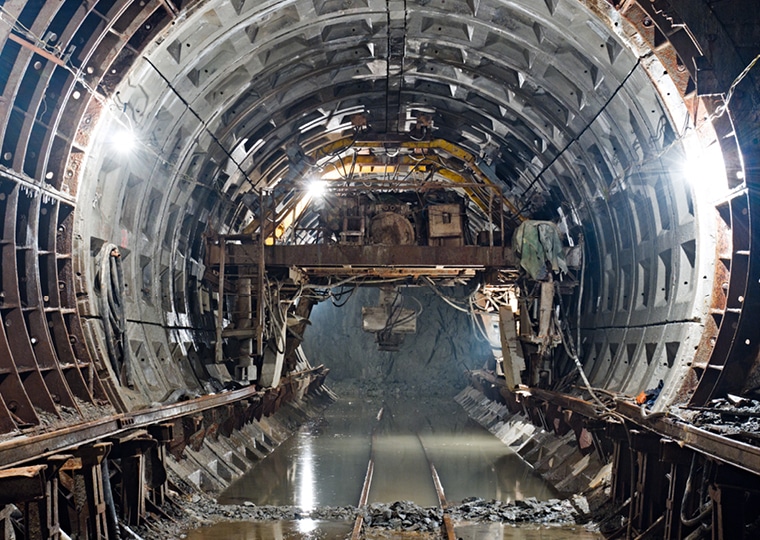From ambitious emissions targets to innovative carbon-reduction programs and incentives, both New York and New Jersey are setting the stage for a more sustainable and resilient future for the built environment. But policy alone isn’t enough. Turning these ambitious goals into measurable results requires a deeper focus on tangible ways to reduce embodied carbon – the greenhouse gas emissions released across the whole lifecycle of construction materials, predominantly when producing the materials themselves. While significant strides have been made to address embodied carbon in the buildings sector, our remaining infrastructure systems – bridges, tunnels and other horizontal infrastructure – have far more work ahead to integrate carbon calculations and reduction efforts.
Over the past few months, I’ve had the privilege of joining panels and discussions with various stakeholders – from academics and practitioners to policymakers and industry leaders – to explore decarbonization opportunities. Events included the Engineering News-Record (ENR) NY/NJ Infrastructure Forum, the Global Forum on Human Settlements and the Carbon-Free Cities conference at the United Nations (UN) Headquarters, the Institute for Sustainable Infrastructure (ISI) Annual Conference and the UN Climate Change Conference COP29. Our conversations underscored three interconnected themes: translating carbon reduction policies into measurable results, balancing sustainability with resilience, and breaking down communication silos to foster collaboration.
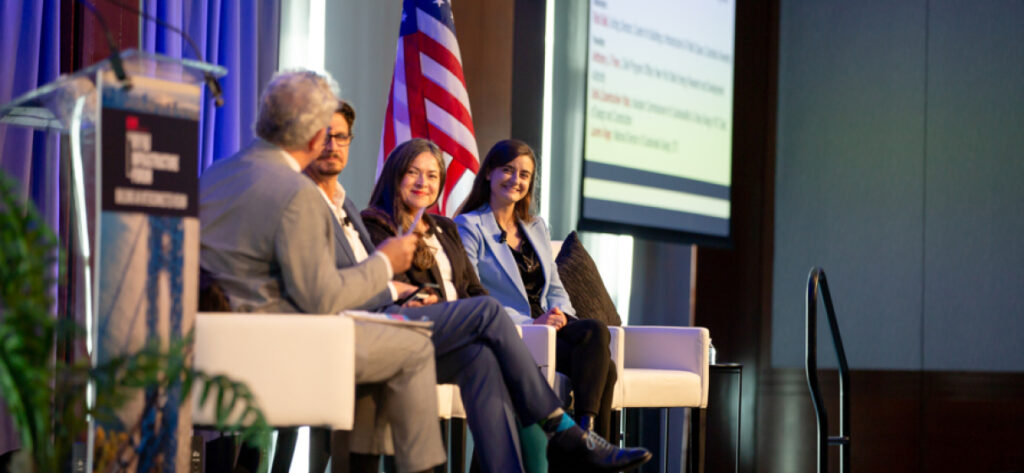
Measure, Reduce and Educate: Embodied Carbon Assessments
During the ENR Infrastructure Forum panel, our discussion explored the challenge of moving from policy frameworks to tangible outcomes. As practitioners, we rely on three guiding principles that mirror the Structural Engineers 2050 Commitment Program (SE 2050): measure, reduce and educate.
As the industry adage goes, “you can’t manage what you don’t measure.” To effectively reduce embodied carbon, we must pinpoint high-emitting components of our designs and prioritize targeted emissions reduction solutions. This requires developing standardized methodologies for consistent data collection at the systems level and establishing measurable benchmarks. Of the three principles, measuring the emissions of our project life cycles is often the most complex.
Federal initiatives, like the Environmental Protection Agency’s (EPA) funding for environmental data standardization through the C-MORE Grant Program, are promising next steps. Yet, while we are witnessing increased data transparency for individual materials, gaps remain in reporting emissions across entire assets or systems.
Despite these challenges, initiatives like New Jersey’s progressive incentives for low-carbon concrete mixes demonstrate how the industry is beginning to break down silos between policy makers, designers, contractors and manufacturers. At STV, we are at the forefront of this transformation, leveraging our Embodied Carbon Action Plan and our participation in the SE 2050 Commitment and the American Society of Civil Engineers’ (ASCE) Infrastructure 2050 initiative to produce more measurable, data-driven results that benefit all areas of buildings and infrastructure.
A Holistic View: Resilience and Sustainability as Two Sides of the Same Coin
A recurring theme across my recent panels was the need to balance sustainability and resilience. Sustainable design protects the environment from infrastructure, while resilient design protects infrastructure from environmental hazards. The intersection of these two principles lies in creating structures that both withstand extreme weather events and minimize environmental impacts throughout their entire lifespan. By prioritizing upfront investments in durable, climate-resilient designs, we can mitigate the need for costly repairs and replacements in the aftermath of extreme weather events.
During the Global Forum on Human Settlements, we discussed nature-based solutions (NBS) such as algae-derived additives in concrete, mass timber for structural elements or natural insulation materials for building envelopes. These innovative methods hold significant potential for reducing the embodied carbon of construction materials while maintaining the structural integrity required for resilience. By thinking beyond traditional methods and embracing more innovative materials, we can plan for climate hazards while minimizing carbon emissions.
At STV, this synergy between resilience and sustainable design is already part of our DNA. Our structural engineers incorporate resilient practices into every project, ensuring that our designs meet today’s sustainability goals without sacrificing long-term durability. Whether reimagining material choices or reimagining our design approaches to prioritize sustainability and resilience, our approach helps clients think beyond the code to achieve lower environmental impacts.
At the same time, our colleagues actively contribute to evolving codes and standards, helping the industry adapt to the increasing intensity and frequency of climate hazards. Chris Cerino, PE, F.SEI, DBIA, STV’s vice president of structural engineering, urbanism and planning, has accelerated advancements across the engineering community through his contributions to ASCE’s Manual of Practice Climate-Resilient Infrastructure: Adaptive Design and Risk Management, the Federal Emergency Management Agency’s (FEMA) Coastal Construction Manual and ASCE/SEI 7 Standards. These efforts aim to influence engineering and flood design practices in coastal regions, ultimately enhancing the resilience and longevity of our built environment. By identifying gaps and driving meaningful improvements, our practitioners are optimizing designs for long-term performance and minimizing the future costs associated with climate-related disruptions.
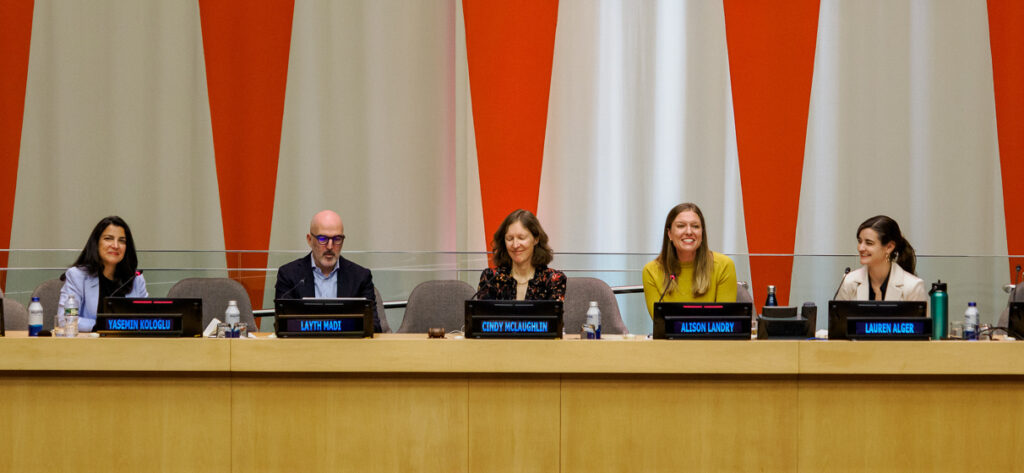
Collaboration Is Key: Breaking Silos Across Stakeholders
One critical insight from recent UN events was the urgent need for collaboration among stakeholders to achieve these ambitious goals. During the Carbon-Free Cities conference, our panel highlighted how breaking down barriers between policy makers, academics, designers and stakeholders across the entire built environment is essential to harmonizing efforts and accelerating decarbonization.
At STV, we work at the intersection of system-level planning and project-level implementation, helping diverse stakeholders identify their gaps, align roadmaps and reimagine infrastructure solutions to balance resilience and sustainability. Initiatives like ASCE Infrastructure 2050 serve as a model for fostering collaboration, allowing stakeholders to share risks, gaps and opportunities for improvement.
The graphic below illustrates the various groups that must come together to address embodied carbon and achieve holistic sustainability and resilience. By prioritizing knowledge-sharing and transparency, we can drive innovation and implement solutions at scale.

Moving Forward Together
This is a pivotal moment for our industry: as we enter 2025, we stand at a 25-year sprint towards ambitious 2050 carbon reduction targets. These are also exciting times, as decarbonization advancements, coupled with the growing integration of sustainability and resilience, are transforming how we design and build infrastructure. At STV, we are proud to partner with our clients and communities to push these efforts forward – developing solutions that not only meet the needs of the present but protect and preserve our environment and infrastructure for generations to come.
